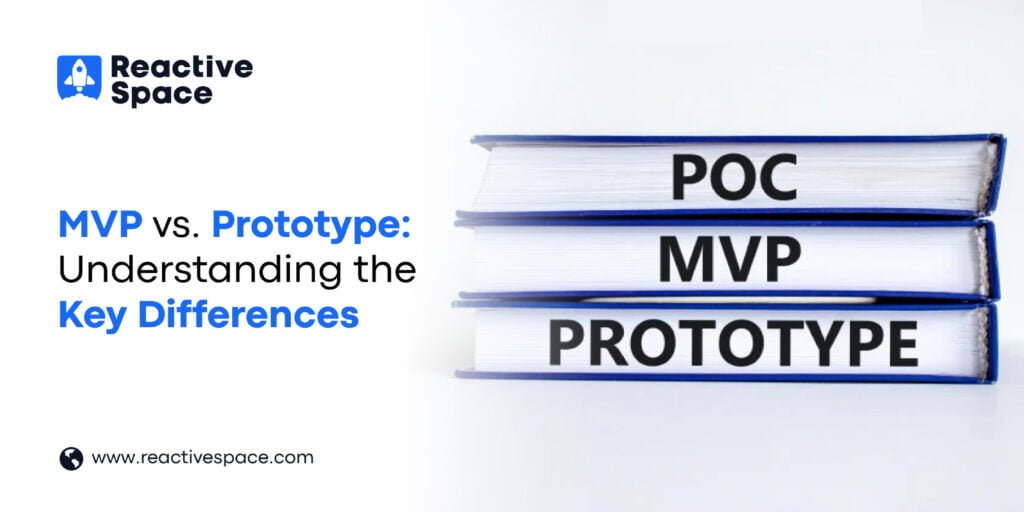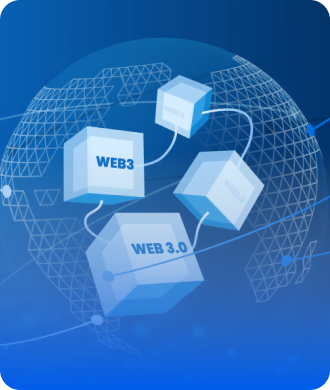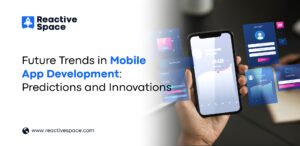
In the world of product development, two terms that often come up are Minimum Viable Product (MVP) and Prototype. While they might seem similar at first glance, they serve different purposes and have different characteristics. Understanding the differences between MVPs and Prototypes is important for startups and businesses, to bring their ideas to life quickly. Let’s delve into each concept and explore their key variations.
What is an MVP?
An MVP development serves as the first version of a product, equipped with essential features to meet the needs of early users and collect feedback for future enhancements. Its main aim is to generate ideas, test theories, and gain insights from user interactions. MVPs are designed with the basic minimum of features necessary to fulfill the fundamental requirements of the target audience and deliver value to users.
What is a Prototype?
A Prototype acts as an initial model of a product, designed to test product ideas, test functionalities, and display user interactions. Generated in the early stages of product development, Prototypes help visualize ideas, gather input from stakeholders, and adjust the design of the product. Unlike MVP, Prototypes are not intended to be fully functional products; instead, they serve as representations of the final product’s appearance and behavior.
Key Differences:
Some key differences between a Minimum Viable Product (MVP) and a Prototype are the following:
Purpose:
The main objective of an MVP is to judge the market viability of a product idea and collect feedback from users to guide future development decisions. On the other hand, a Prototype is created to explore design concepts, display functionality, and ask for feedback on the product usability and user experience. While both serve valuable purposes in the product development journey, their focus and aims differ significantly, with MVPs focus on market validation and Prototypes delving into design and user experience refinement.
Functionality:
An MVP contains the essential features necessary to meet the fundamental needs of the target audience and deliver value to users. It is a fully functional product that users can engage with and utilise to perform specific tasks. However, a Prototype may lack some functionalities or features found in the final product and in the first place utilized to visualize design concepts and display user interface. While both serve as valuable tools in the development process, an MVP focuses on delivering visible value to users, whereas a Prototype emphasises design exploration and user interaction demonstration.
Development Stage:
A minimum Viable Product (MVP) is usually crafted once the initial idea has been verified, serving as a tool to test theories and collect feedback from users. Meanwhile, Prototypes are commonly created in the early stages of product development to explore design concepts and validate ideas before committing extensive resources to full-scale development efforts. While Minimum Viable Product (MVP) focuses on verifying product viability in the market, Prototypes concentrate on refining design elements and validating concepts before proceeding further.
Feedback:
Minimum Viable Product (MVP) is developed for real users, who provide valuable feedback based on their interactions with the product. This feedback is important for informing future iterations and improvements of the product. On the other hand, Prototypes are utilized to collect feedback from various stakeholders, including designers, developers, and potential users, specifically on aspects such as the product’s design, usability, and functionality. This feedback loop helps refine the prototype before moving forward with full-scale development.
Final Words:
So, the understanding between Minimum Viable Products (MVPs) and Prototypes is so important in the world of product development software. While both serve as early versions of a product, they serve distinct purposes and possess unique characteristics. Minimum Viable Products are moving towards testing market viability and gathering user feedback to inform future iterations, focusing on delivering important value to users. On the other hand, Prototypes are crafted to explore design concepts, display functionalities, and refine user interactions, emphasizing design exploration and concept validation. By recognizing these differences, startups, and businesses can navigate the product development process more effectively, making use of Minimum Viable Product (MVP) to validate ideas and gather user insights while utilizing Prototypes to refine design elements and validate concepts before committing to full-scale development efforts.
Don’t wait! Contact us today for a free consultation and see how our MVP development services can help you bring your product vision to life.



